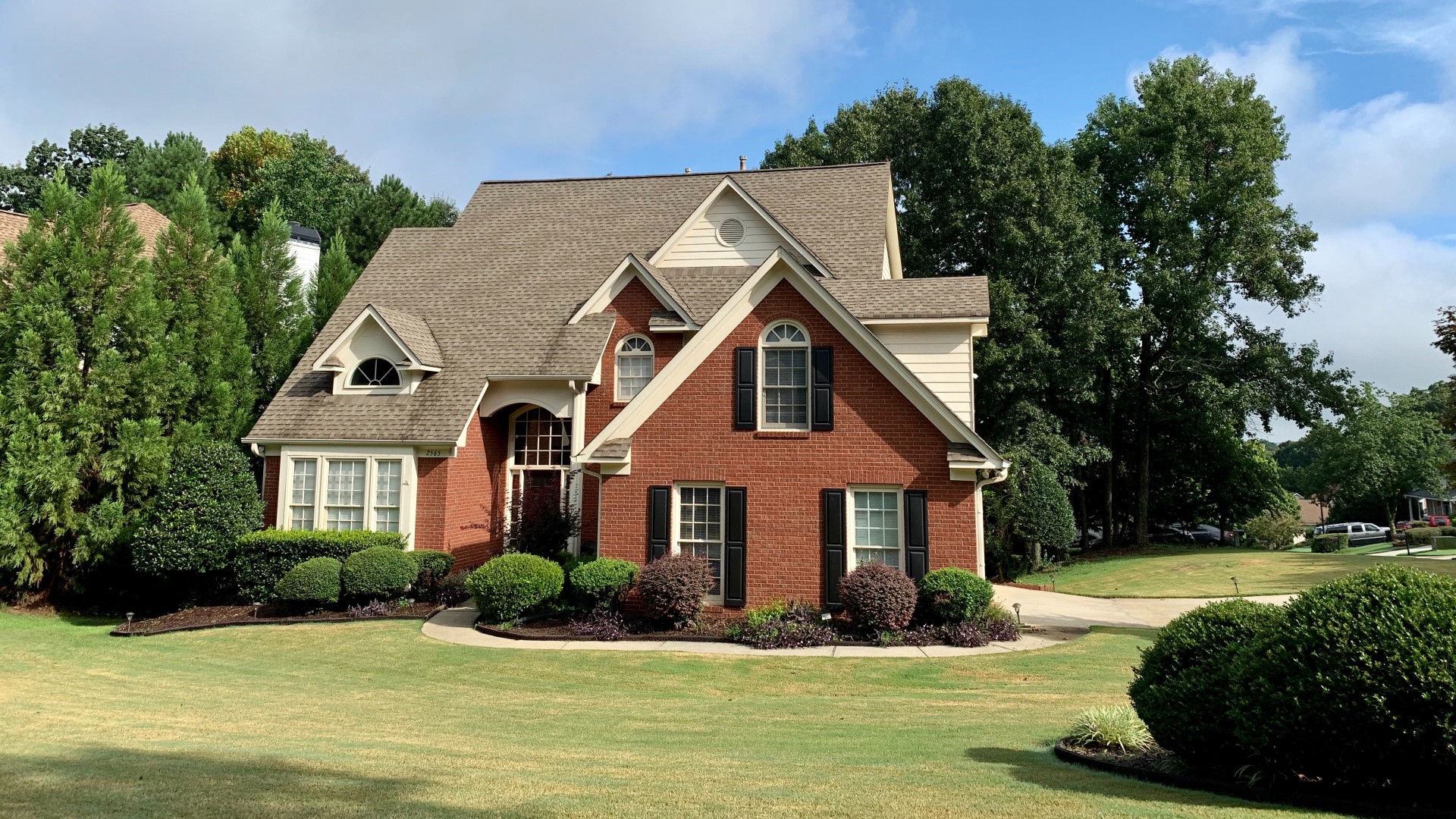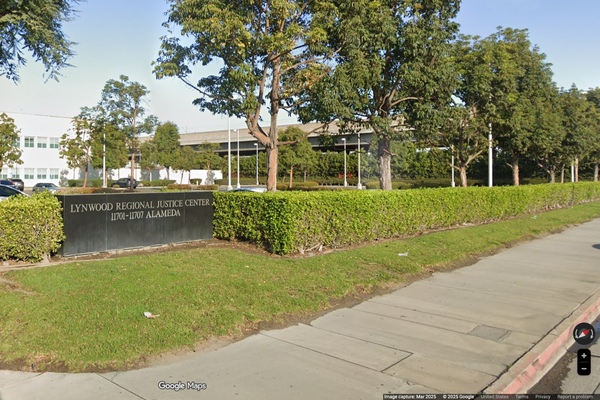
As you’ve slayed the dragons of career challenges, your home truly has been your castle. You’ve built a life inside those walls. But now that you’re about to retire, hanging up your sword and shield, you’re wondering how to fully enjoy retired life physically, emotionally and, of course, financially — which includes pondering what to do with your home.
Find Out: 4 Retirement Expenses Boomers Didn’t Plan for — but Should Have
Read Next: The 5 Car Brands Named the Least Reliable of 2025
Getting the best value out of your home in retirement can involve a myriad of quests, from refinancing to reconfiguring your layout. GOBankingRates consulted a variety of experts to assess what boomers should do with their homes as they enter retirement.
Get It Sale-Ready (Even If You’re Not Planning To Move)
Maybe you have big plans for travel. Or perhaps you’re going to become the host with the most for all those clubs you’ve joined. Regardless, you’re not planning on moving anytime soon. Still, making your home ready for the market could be a great move financially.
As the founder of Caringene, a home care startup, John Enwere knows that life for older generations can change in an instant, whether it’s a sudden accident or illness, a desire to downsize and be closer to family, or an urge to move to an assisted living community to hang out with your friends. Ensuring that your home is in tip-top shape — from required renovations to a clean, open interior — will enable you to get it on the market as soon as you need to, when you want to.
“Even [when people] plan on aging in place, making [their home] livable, or making it easy to sell quickly brings peace of mind,” he said. “We have seen that no matter what may arise if it’s a sudden illness or decision to downsize, having this option relieves the financial stress in the case of an unlikely emergency.”
Learn More: Top 5 Things Boomers Should Always Buy in Retirement — Even If It’s Begrudgingly
Declutter
Clutter isn’t just an eyesore; it can be dangerous — causing falls or other accidents that can lead to hospitalizations or other expensive medical care. Enwere said that falls are the top reason that clients will call his company after they’re sent home from the hospital.
Get a game plan for addressing clutter in your home now and stick to keeping your home tidy. You’ll save yourself a lot of pain — in many senses of the word.
“The most preventable falls happen in hallways, bathrooms and entry areas,” Enwere said. “We suggest families start removing obstructions, excess furniture and unsecured rugs well before they feel ‘old enough.'”
Think About What To Fix Now To Save Money in the Future
The question of how to prepare your home for your retirement years is very much on Jonathan Garini’s mind as the investor and CEO of fifthelement thinks about his own retirement. Notably, he’s been mulling over the concept of equity agility, which means removing the barriers that could tie up funds or cause delays if something unexpected happens.
“Lately I’ve been thinking less about owning my home outright and more about how to make it work smarter as I near retirement,” he said. “I’ve been approaching the house with a buyer’s perspective, rather than assuming it will be taken care of on its own: Would a 25-year-old water heater ruin a quick sale? Would the cost of insurance increase due to outdated wiring?”
Now that he has the capacity to fix any issues that will help him save money, it will also ensure that his house is ready to sell.
Make Upgrades for Aging in Place
Staying in your home as long as possible is a life goal, as well as a financial one. According to Yehuda Tropper, CEO of Beca Life Settlements, one way to achieve both goals involves making upgrades to your home that are oriented toward improving your safety and mobility. Think grab bars, walk-in showers with handles and brighter lights — anything that makes you less likely to take a tumble.
“Basic aging-in-place upgrades — grab bars ($85-$300), brighter LED lighting, lever handles — run $3,000 to $15,000 nationwide, far less than the $70,800 annual median for assisted-living,” he said.
Stress Test Your Mortgage
Digging into Freddie Mac’s 2025 Boomer Housing Survey, Tropper found about half of boomer homeowners have already paid off their mortgages, and of those still paying, over half have interest rates below 4%.
He said that if your mortgage rate is lower than what you could earn in a safe investment, like a Treasury bill, you’re generally smarter to keep the loan and put your extra money into a high-yield savings account or health savings account.
That said, if your rate is over 6% or it’s an adjustable loan, he said you’d be better off paying it off faster or refinancing while you’re still working — since qualifying for a loan gets harder when you’re officially retired.
Retirement is a time of massive change in your life — and that includes your home. You should assess your home like a buyer would, to ensure that you can sell it quickly if you need to, or to avoid excessive repair or maintenance fees. Meanwhile, adding safety upgrades and decluttering your home can give you peace of mind and body. The time before retirement is also the right time to examine your mortgage and see how you can get the best value.
More From GOBankingRates
- 3 Luxury SUVs That Will Have Massive Price Drops in Summer 2025
- 4 Things You Should Do if You Want To Retire Early
- 10 Used Cars That Will Last Longer Than the Average New Vehicle
- The New Retirement Problem Boomers Are Facing
This article originally appeared on GOBankingRates.com: 5 Things Boomers Should Do With Their Houses in Retirement







